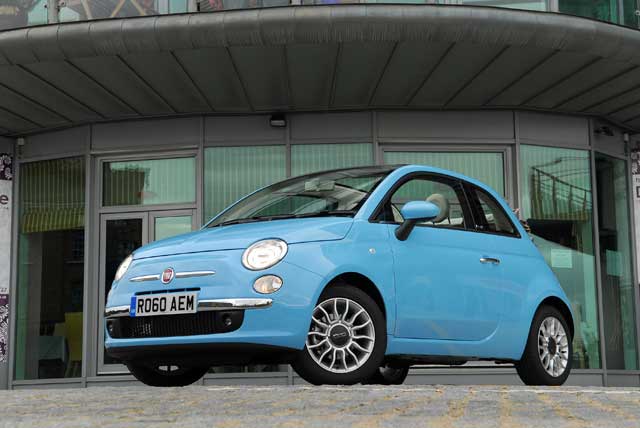Fiat 500 Twinair

Your support helps us to tell the story
From reproductive rights to climate change to Big Tech, The Independent is on the ground when the story is developing. Whether it's investigating the financials of Elon Musk's pro-Trump PAC or producing our latest documentary, 'The A Word', which shines a light on the American women fighting for reproductive rights, we know how important it is to parse out the facts from the messaging.
At such a critical moment in US history, we need reporters on the ground. Your donation allows us to keep sending journalists to speak to both sides of the story.
The Independent is trusted by Americans across the entire political spectrum. And unlike many other quality news outlets, we choose not to lock Americans out of our reporting and analysis with paywalls. We believe quality journalism should be available to everyone, paid for by those who can afford it.
Your support makes all the difference. Price: £10,665
Top speed: 108mph 0-62mph 11 seconds
Consumption: 68.9mpg
CO2 emissions: 95g/km
Best for: Economy twinned with enjoyment
Also worth considering? BMW Mini, Ford Ka, Volkswagen Beetle
When the Fiat 500 burst on to the scene a couple of years ago, everybody noticed. Like Volkswagen's reinvented Beetle and BMW's reimagined Mini, it was a modern take on a much-loved old car, in this case the 1957 500, which turned post-war Italy into a nation of motorists. So far, the Mini has had the edge over the current 500 as a driving machine, but the Fiat has probably won more hearts with its pert good looks, which suddenly made its retro rivals from the German manufacturers seem slightly crude. Now the 500 is available with a remarkable new engine – TwinAir – which puts Fiat right at the forefront of modern trends in engine design, while at the same time symbolically strengthening the bond between today's car and its famous predecessor.
Downsizing is what engines are all about at the moment, and the TwinAir is one of the most impressive examples. Most cars, including modern 500s, have engines with four or more cylinders but the TwinAir has just two. The smallest engine previously available in the 500 has a capacity of 1.2 litres but the Twin Air is just 875cc. The point of downsizing is to enhance economy but not at the expense of performance or refinement, so the TwinAir is packed with technology, including a turbocharger, Fiat's clever MultiAir variable valve-gear and a balancer shaft that smooths out the unevenness to which a two-cylinder engine would otherwise be susceptible. The result: some of the best official fuel consumption and CO2 emissions data for any car on the market.
None of that would count for much if the TwinAir didn't convince out on the road. If anything, though, it's even better in practice than it is on paper. In fact, it's one of the most characterful engines fitted to any current car, with a purposeful, wonderfully fruity note that makes it sound a bit like a BMW motorcycle. Its marvellous mid-range torque drops off a little at low revs, but overall, it's superb.
And that link between the TwinAir and the 1957 500? Well the older car had a tiny two-cylinder engine too, but one that only produced 13 horsepower. I suspect it would, nevertheless, have struggled to match the exceptional fuel consumption achieved by its bigger, safer and more comfortable successor, which has 85 at its disposal, a reminder that while the manufacturers find it hard to improve upon the looks of their older cars, they probably wouldn't want to borrow much else from them.
Join our commenting forum
Join thought-provoking conversations, follow other Independent readers and see their replies
Comments